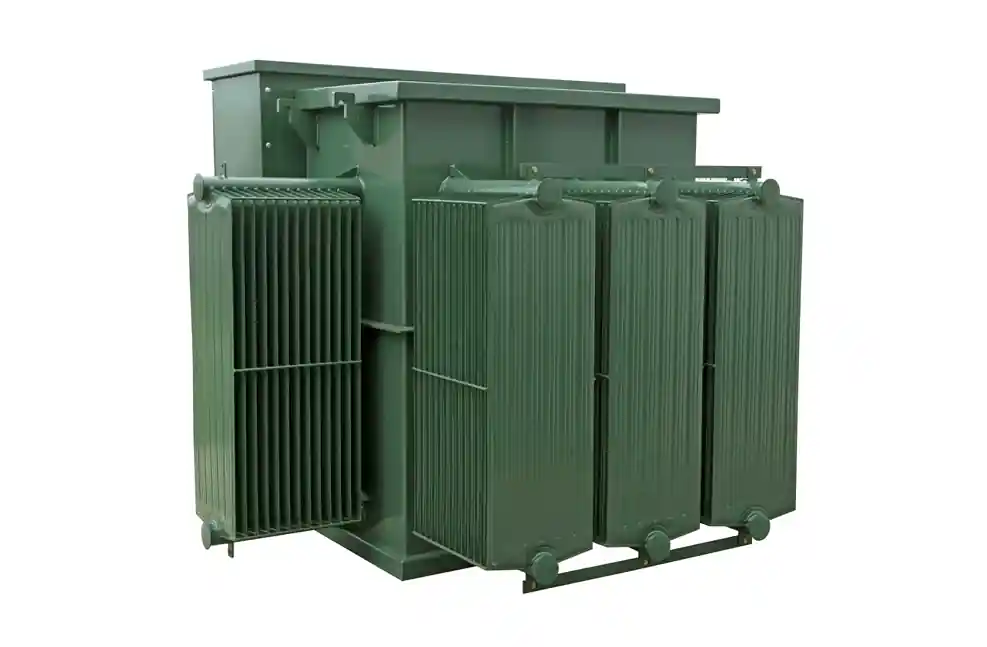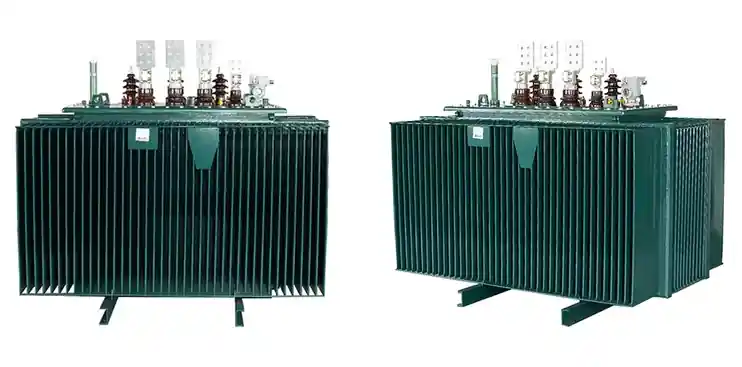150 kVA Transformer Guide
A 150 kVA transformer is a cornerstone of modern electrical systems, adept at stepping voltage up or down to deliver power efficiently across a variety of applications. Whether you’re managing a bustling commercial building, a small industrial facility, or integrating renewable energy into the grid, this transformer offers a balanced solution with its 150 kilovolt-ampere capacity. In this guide, we’ll dive into what makes the 150 kVA transformer essential, explore its uses, and provide expert insights to help you choose the right model—all while keeping you ahead of the curve for 2025’s energy demands. Let’s uncover why this unsung hero of the power grid deserves your attention.


What Is a 150 kVA Transformer?
A 150 kVA transformer is an electrical device designed to transfer energy between circuits by altering voltage levels, boasting a power rating of 150 kilovolt-amperes (kVA). Typically, it steps down medium voltages (e.g., 11kV) to lower voltages (e.g., 400V) for safe distribution. Available in oil-immersed or dry-type configurations, it’s a workhorse in medium-scale power systems, prized for its reliability and efficiency.
“Transformers quietly ensure power flows seamlessly, bridging the gap between generation and consumption.”
— IEEE guide Power and Energy Magazine
Typical Applications
The versatility of the 150 kVA transformer shines across multiple sectors:
- Commercial Buildings: Powers lighting, HVAC systems, and office equipment.
- Small Factories: Drives machinery and production lines with steady voltage.
- Renewable Energy Projects: Connects solar panels or wind turbines to the grid.
- Construction Sites: Supplies temporary power for tools and heavy equipment.
- Data Centers: Maintains stable electricity for servers and cooling units.
Its mid-range capacity makes it an ideal fit for facilities needing more than a small transformer but less than large industrial units.
Market Trends and Industry Background
The demand for 150 kVA transformers is climbing, fueled by key trends:
- Urbanization: Expanding cities require robust power distribution networks.
- Renewable Energy Growth: Solar and wind projects lean on transformers for grid integration.
- Smart Grid Evolution: IoT-enabled transformers provide real-time data for efficiency gains.
Per the Indian Electrical and Electronics Manufacturers’ Association (IEEMA), the global transformer market is expected to grow by 5% annually through 2025, with eco-friendly dry-type models gaining traction. Sources like Wikipedia: Transformer highlight their critical role in modern infrastructure.
Key Technical Specifications
Below are typical specifications for a 150 kVA transformer:
| Parameter | Specification |
|---|---|
| Rated Power | 150 kVA |
| Primary Voltage | 11kV, 22kV, or 33kV |
| Secondary Voltage | 400V or 480V |
| Cooling Method | ONAN (Oil Natural Air Natural) or AN (Air Natural) |
| Efficiency | ≥98% |
| Insulation Class | A or F |
| Standards Compliance | IEC 60076, IEEE C57.12.00 |
These specs ensure compatibility with diverse systems while maintaining high performance.
Comparison with Similar Models
When pitted against a 100 kVA transformer, the 150 kVA model stands out:
- Capacity: Handles larger loads (150 kVA vs. 100 kVA) without strain.
- Efficiency: Performs better under medium demand.
- Scalability: Supports future growth in power needs.
However, it’s larger and pricier, so it’s best suited for applications where the extra capacity is justified over smaller alternatives.
Practical Buying Guidance
Choosing the right 150 kVA transformer requires careful planning:
- Assess Load Needs: Calculate peak and average power demands to avoid under- or oversizing.
- Match Voltages: Ensure primary and secondary voltages align with your system.
- Select Cooling Type: Opt for oil-immersed for outdoor durability or dry-type for indoor safety.
- Check Certifications: Confirm compliance with IEC or IEEE standards for quality assurance.
- Trust Proven Brands: Rely on manufacturers like ABB, Siemens, or Schneider Electric guide for reliability.
“A mismatched transformer can lead to inefficiencies or failures—size it right the first time.”
— Schneider Electric
FAQ Section
A: A 200 kVA transformer supports higher loads (200 kVA vs. 150 kVA) but comes with increased size and cost, making the 150 kVA a better fit for medium-scale needs.
A: Absolutely—it’s widely used to step down voltages in solar and wind installations, ensuring seamless grid connectivity.
A: With regular maintenance, expect 20–30 years of service, depending on usage and environmental conditions.
The 150 kVA transformer is a powerhouse for medium-sized applications, blending efficiency, reliability, and adaptability. From powering factories to supporting green energy, it’s a smart investment for 2025 and beyond. By understanding its specs and applications, you can confidently select a model that meets your needs—ensuring uninterrupted power and long-term value.

